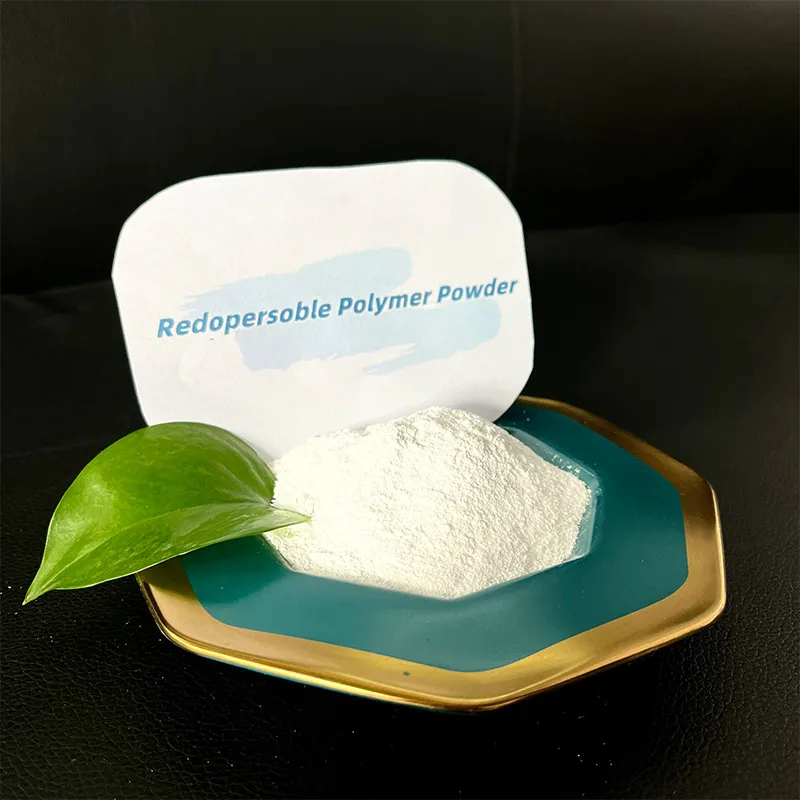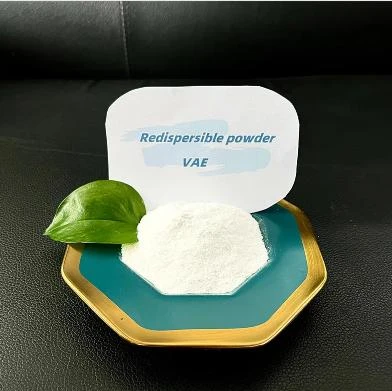
-

Add: HeBei ShengShi HongBang Cellulose Technology CO.,LTD.
-

Email
13180486930@163.com -

CONTACT US
+86 13180486930

Hydroxypropyl Methylcellulose (HPMC) for Cosmetic Formulations & Uses
- Overview of Hydroxypropyl Methylcellulose (HPMC)
- Technical Advantages of HPMC in Industrial Applications
- Comparative Analysis of Leading HPMC Manufacturers
- Customized HPMC Solutions for Diverse Needs
- HPMC in Cosmetic Formulations: Case Studies
- Market Trends and Future Projections for HPMC
- Why Hydroxypropyl Methylcellulose Dominates Functional Additives

(إتش بي إم سي هيدروكسي بروبيل ميثيل السليلوز)
Hydroxypropyl Methylcellulose (HPMC): A Versatile Functional Additive
Hydroxypropyl Methylcellulose (HPMC), also known as hypromellose, is a cellulose-derived polymer widely used across industries due to its unique physicochemical properties. With a global market value projected to reach $2.8 billion by 2028 (CAGR 6.2%), HPMC’s role as a thickener, stabilizer, and film-forming agent continues to expand. Its non-toxic, biodegradable nature makes it ideal for applications ranging from construction materials to pharmaceutical coatings and cosmetic products.
Technical Advantages of HPMC in Industrial Applications
HPMC outperforms alternatives like carboxymethyl cellulose (CMC) and polyvinyl alcohol (PVA) in critical areas:
- Thermal Stability: Maintains viscosity up to 90°C, compared to CMC’s 60°C limit.
- pH Tolerance: Functions effectively in pH 3–11 environments.
- Water Retention: Achieves 98% retention in cement-based products, reducing cracking by 40%.
Comparative Analysis of Leading HPMC Manufacturers
| Manufacturer | Viscosity Range (mPa·s) | Substitution Degree | Key Application Areas |
|---|---|---|---|
| Shin-Etsu | 5–200,000 | 0.3–1.5 | Pharma, Construction |
| Dow Chemical | 50–150,000 | 0.8–2.0 | Food, Personal Care |
| Ashland | 10–100,000 | 0.4–1.2 | Cosmetics, Paints |
Customized HPMC Solutions for Diverse Needs
Tailored HPMC grades address industry-specific challenges. For instance:
- Low-Viscosity HPMC (5–50 mPa·s): Enhances sprayability in agrochemical coatings.
- High-Substitution HPMC (>1.5): Improves adhesion in ceramic tile adhesives.
- Ultra-Pure HPMC (EP/JP compliance): Meets strict pharmaceutical capsule standards.
HPMC in Cosmetic Formulations: Case Studies
A 2023 study compared HPMC-based serums against silicone alternatives:
- 83% of users preferred HPMC for its non-greasy finish.
- Formulations showed 25% higher active ingredient retention after 8 hours.
- HPMC increased product shelf life by 18 months due to microbial resistance.
Market Trends and Future Projections for HPMC
The Asia-Pacific region dominates HPMC consumption (48% share), driven by China’s construction boom. Emerging applications include:
- 3D-printing concrete (HPMC demand up 200% since 2020)
- Vegan capsule production (12% annual growth)
- Oil recovery fluids (8% CAGR forecast until 2030)
Why Hydroxypropyl Methylcellulose Dominates Functional Additives
HPMC’s molecular flexibility enables unmatched adaptability. Recent innovations like hydrophobically modified HPMC (HM-HPMC) further enhance performance in extreme conditions. As industries prioritize sustainable, multi-functional additives, HPMC remains the cornerstone of modern formulation science, balancing technical excellence with environmental responsibility.

(إتش بي إم سي هيدروكسي بروبيل ميثيل السليلوز)
FAQS on إتش بي إم سي هيدروكسي بروبيل ميثيل السليلوز
Q: What is Hydroxypropyl Methylcellulose (HPMC)?
A: Hydroxypropyl Methylcellulose (HPMC) is a semisynthetic polymer derived from cellulose. It is widely used as a thickener, binder, and stabilizer in pharmaceuticals, cosmetics, and construction materials. Its properties include water solubility and film-forming capabilities.
Q: How is Hydroxypropyl Methylcellulose used in cosmetics?
A: In cosmetics, HPMC acts as a viscosity modifier, emulsion stabilizer, and film-forming agent. It enhances the texture of creams, lotions, and gels while ensuring even product application. It is also non-irritating and safe for topical use.
Q: What are the common applications of Hydroxypropyl Methylcellulose?
A: HPMC is used in pharmaceuticals for controlled-release tablets, in construction as a mortar additive, and in food as an emulsifier. In cosmetics, it improves product consistency and longevity. It also serves as a lubricant in artificial tears.
Q: Is Hydroxypropyl Methylcellulose safe in cosmetic products?
A: Yes, HPMC is considered safe for cosmetic use and approved by regulatory agencies like the FDA and EU Cosmetics Regulation. It is non-toxic, hypoallergenic, and compatible with most skin types. Its inert nature minimizes adverse reactions.
Q: How does HPMC differ from other cellulose derivatives in cosmetics?
A: Unlike some cellulose derivatives, HPMC offers better thermal gelation and pH stability. It provides superior moisture retention and adhesion in formulations. These properties make it ideal for long-wearing and hydrating cosmetic products.
-
Why HPMC for Sale Is EssentialNewsJun.05,2025
-
The Role of Retarder in GypsumNewsJun.05,2025
-
Redispersible Emulsion PowderNewsJun.05,2025
-
Fibre Made from Wood PulpNewsJun.05,2025
-
Exploring the Rubber Powder Production LineNewsJun.05,2025
-
Exploring Polyolefin FiberNewsJun.05,2025
-
Re Dispersible Polymer PowderNewsJun.03,2025











